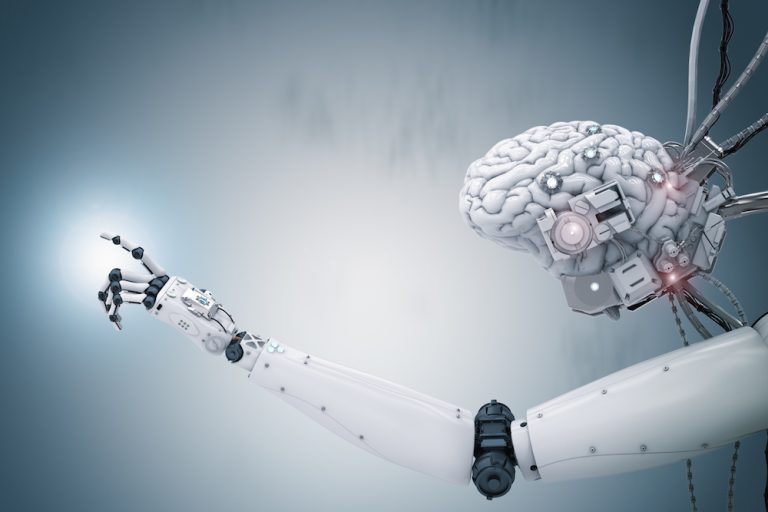
Imagine a world where communication happens not through spoken words or written text, but directly from mind to mind — no language barriers, no delays, just pure, instantaneous exchange of thoughts and emotions. This concept, once purely science fiction, is steadily moving toward reality through the fascinating field of synthetic telepathy.
What Is Synthetic Telepathy?
Synthetic telepathy refers to the technology-enabled transmission of thoughts, feelings, or information directly between brains — bypassing traditional sensory channels like speech or writing. Unlike paranormal notions of telepathy, synthetic telepathy relies on advanced neurotechnology, brain-computer interfaces (BCIs), and AI to decode and encode neural signals.
This technology promises a new era of communication, potentially revolutionizing how humans connect, collaborate, and share knowledge.
The Roots: Brain-Computer Interfaces and Neural Decoding
The journey toward synthetic telepathy began with brain-computer interfaces — devices that read brain activity and translate it into commands for computers or prosthetics.
- Electroencephalography (EEG): Non-invasive scalp sensors detect electrical brain waves and interpret simple commands (like moving a cursor or selecting letters).
- Implantable Neural Devices: Tiny implants can record neuron activity more precisely, enabling more complex thought decoding.
- Neural Decoding Algorithms: Machine learning models trained on brain data can start to interpret neural patterns corresponding to specific words, images, or concepts.
These advances laid the groundwork for directly transmitting information between brains.
How Synthetic Telepathy Works
At its core, synthetic telepathy involves two major steps:
- Encoding: Capturing and decoding a sender’s neural signals representing their thoughts or intentions using BCIs.
- Transmission and Decoding: Transmitting this data to a receiver’s neural interface, which encodes the signals into brain stimulation patterns that the receiver’s brain can interpret as the original thought or message.
While this is incredibly complex, early experiments have demonstrated the feasibility of sharing simple information, such as words, images, or commands, between humans or between humans and computers.
Current Milestones and Breakthroughs
- Brain-to-Brain Communication: Researchers have demonstrated direct brain-to-brain interfaces where pairs of subjects exchange information like simple words or commands via non-invasive BCIs.
- Speech Reconstruction: AI systems trained on neural data can reconstruct speech or intended words from brain signals, providing a potential pathway for silent communication.
- Thought-to-Text Interfaces: Some BCI systems allow users with paralysis to “type” by thinking about specific letters or words, bypassing physical typing.
- Neuroprosthetics for Communication: Synthetic telepathy could enable people with severe disabilities to communicate more naturally.
Potential Applications
- Enhanced Human Communication: Imagine silent, seamless conversations in noisy environments or across languages with automatic translation.
- Accessibility: Restoring communication for individuals who cannot speak or write.
- Team Collaboration: Instant sharing of complex ideas, emotions, or sensory experiences, improving creativity and empathy.
- Virtual and Augmented Reality: Deepening immersion through direct neural input/output.
Ethical and Technical Challenges
- Privacy and Security: Brain data is deeply personal. Protecting against unauthorized access or “mind hacking” is crucial.
- Consent and Autonomy: Users must retain control over what thoughts are shared.
- Accuracy and Interpretation: Neural signals are noisy and complex; misinterpretation could lead to misunderstandings.
- Societal Impact: How will synthetic telepathy affect social interaction, language, and culture?
The Road Ahead
Synthetic telepathy is still in its infancy, but rapid progress in neuroscience, AI, and neuroengineering suggests it could become part of our communication toolkit in coming decades. As these technologies mature, they will redefine the limits of human connection — enabling a profound new form of empathy and collaboration.
The evolution from speech and text to direct brain communication challenges us to rethink not only how we communicate, but what communication truly means. As we unlock the mind’s silent language, we step closer to a future where ideas and feelings flow freely — no words needed.





